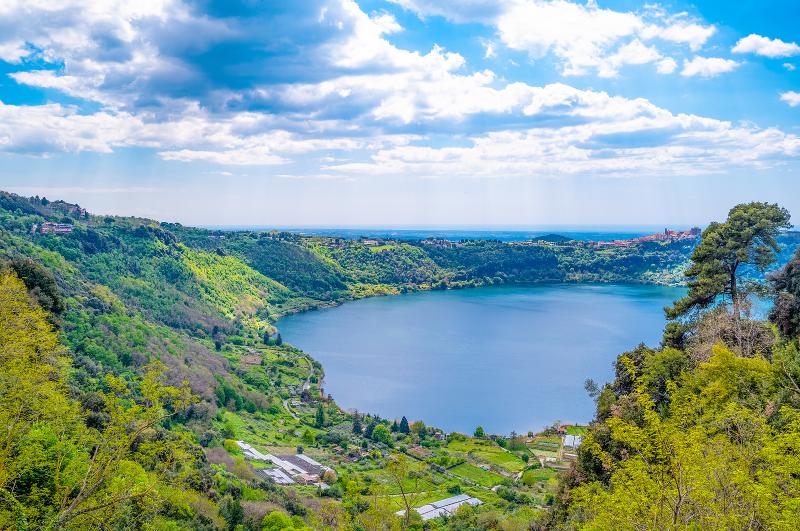A lost mosaic belonging to Roman emperor Caligula has been unveiled and put on display at the Italian museum in Nemi, Lazio, where it was supposedly kept before being smuggled probably during World War II.
The elaborate marble mosaic, a 1.5 square-meter geometric print in green, reddish-purple and white stone, was part of an inlaid floor that once adorned one of the two ceremonial ships belonging to Caligula, known as the cruelest of Roman emperors; he used the ships, which have been compared to floating palaces, to sail and, mostly, to host lavish parties on Lake Nemi near Rome in the first century AD.
The ships were found in the depths of the lake during an archaeological excavation campaign conducted between 1928 and 1932. The ships and their finds were placed in the Nemi Museum of Roman Ships, built precisely to house the ships; the museum was set on fire by the Nazis in 1944 and everything was destroyed, except for some objects that had been moved to the National Roman Museum in Rome.
It is not clear when and how the mosaic disappeared (it may never even have been part of the museum’s collection and simply been looted since the excavation of the ships). In 2017, the precious artifact was located as part of a private collection belonging to an Italian-American citizen living in New York, Helen Fioratti, thanks to the work of the Italian Carabinieri’s Art Recovery Unit, whose job is to locate and repatriate Italian stolen art.
The woman, an antique dealer, told NBC News she had acquired the mosaic 45 years ago from a family of Italian aristocrats, who told her the piece had been found in Lake Nemi, near the family’s home, in the 19th century. According to NBC News, Fioratti paid thousands of dollars to buy it from them and ship it to her Upper East Side apartment in New York, where she turned it into a coffee table. Fioratti told the Associated Press in 2017 she had no reason to believe the artifact did not belong to the family who sold it to her. She did not fight the repatriation of the mosaic in court.
Four years after being found, the mosaic is now back at the Museum of Roman Ships in Nemi, where it was officially unveiled on March 11.














